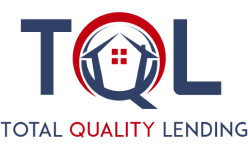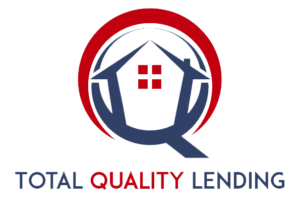Reverse Mortgage/
HECM
What Is A Reverse Mortgage Loan?
Many people use reverse mortgages to refinance to pay off debts, put money towards healthcare costs, pay for normal expenses, or purchase a new home that suits their needs and desires.
How Can A Reverse Mortgage Be Used To Purchase A Home?
This means people will have no monthly mortgage payments if the homeowner permanently lives in the house, pays taxes and insurance and maintains the home.* The required down payment on your new home is determined on a number of factors, including your age (or eligible non-borrowing spouse’s age, if applicable); current interest rates; and the lesser of the home’s appraised value or purchase price.
How Does A Reverse Mortgage Work?
One option is to refinance with a reverse mortgage to pay off an existing mortgage and eliminate monthly mortgage payments. You must still pay taxes and insurance and maintain the home. This means a person can increase their cash flow. The actual reverse mortgage available funds are based on current interest rates, current charges associated with loan, borrower date of birth (or non-borrowing spouse, if applicable), and standard closing costs.
Another option is to refinance and get a lump sum of money. This makes it possible to either pay off an existing mortgage, or to have a sum of cash for other expenses. A person can pay off an existing mortgage with this strategy if they have enough equity.
A third option is to refinance with a reverse mortgage and get a reverse mortgage line of credit. The unused funds in the credit line grow each year based off a certain growth factor. This can be beneficial for those who would like the flexibility on when to use their loan proceeds. This can be used in combination with other proceed options as well.
A final option is to refinance and get a monthly cash flow payment. This allows people to have increased cash flow they can use to pay other expenses. This is a good option for people who do not want to have a lump sum or a credit line, and just want to have a certain amount of money per month to use.
Have questions or need more info? Contact us today! We’d love to sit down for a few minutes for a free consultation on which type of mortgage we recommend.
*Total Quality Lending is not affiliated with or acting on behalf of or at the direction of HUD or any government agency.
Who Does A Reverse Mortgage Work For?
Contact Us
I agree to be contacted by Total Quality Lending via call, email and text. To opt out, you can reply "stop" at any time or click the unsubscribe link in the emails. Message and data rates may apply.

Phone: (800) 304-1925
Email: CustomerCare@tqlend.com
630 W. Carmel Drive, Suite 160,
Carmel, IN 46032
3420 Bristol Street, Suite 600,
Costa Mesa, CA 92626
If you have any unanswered questions, don’t hesitate to reach out to us.
